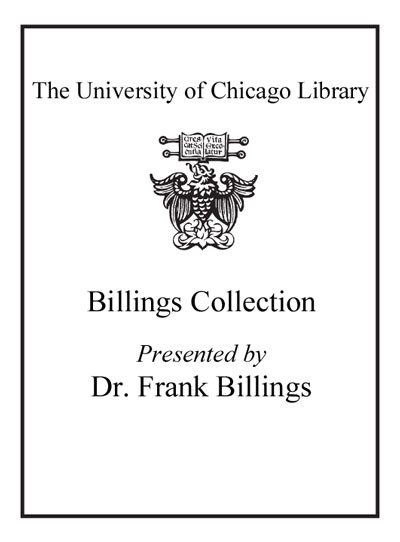Sacroiliac Joint Disorder : Accurately Diagnosing Low Back Pain /
Saved in:
| Author / Creator: | Murakami, Eiichi, author. |
|---|---|
| Imprint: | Singapore : Springer, 2018. |
| Description: | 1 online resource. |
| Language: | English |
| Subject: | |
| Format: | E-Resource Book |
| URL for this record: | http://pi.lib.uchicago.edu/1001/cat/bib/11738881 |
Table of Contents:
- Intro; Preface; Acknowledgements; Contents; About the Author; 1: The Sacroiliac Joint (SIJ) Has Been Forgotten from History; 1.1 Causes of Low Back Pain; 1.1.1 Classification; 1.1.2 Pain from Ligaments or Fascias Should Be Much More Common than that from Lumbar Nerve Roots; 1.2 The Forgotten Joint: The Sacroiliac Joint; References; 2: Basic Understanding of the Sacroiliac Joint; 2.1 Anatomy; 2.1.1 Changes of the Pelvis in the Transition from Quadrupedal to Bipedal Walking (Fig. 2.1a, b); 2.1.2 Morphological Anatomy; 2.2 Innervation (Fig. 2.5) [10]; 2.3 Biomechanics; 2.3.1 Structure
- 2.3.2 Movement2.3.3 Proof of Movement in the SIJ on X-Ray; 2.3.3.1 Vacuum Phenomenon; 2.3.3.2 Change of Pelvic Incidence; 2.4 Function; 2.4.1 Essential Functions to the Human Body; 2.4.1.1 Two Types of Synovial Joints; 2.4.1.2 The SIJ, Parallel to the Gravity Line, Plays a Leading Role in Absorbing Vertical Loads; 2.4.1.3 The Main Functions of the SIJ: Supporting the Upper Body and Absorbing the Impact from the Ground; 2.4.2 Specific Movements of the SIJ for Absorbing Impact; 2.4.2.1 Ligamento-Muscular Reflexes; 2.4.2.2 Arthrostatic Reflex and Arthrokinetic Reflex
- 2.4.2.3 The SIJ Functions Characteristically Like a Damper2.4.2.4 The SIJ Easily Causes Joint Dysfunction (Fig. 2.21); 2.4.3 A Mechanism for Providing the Stability of the Pelvis; 2.4.3.1 Form Closure and Force Closure (Fig. 2.22); 2.4.3.2 The Transversus Abdominis Muscle and the Gluteus Maximus Muscle Are Important in Stabilizing the SIJ; 2.4.3.3 The Inner Unit and the Outer Unit; References; 3: Pathophysiology of Sacroiliac Joint Disorder; 3.1 Pathophysiology and Etiology; 3.1.1 Pathophysiology; 3.1.2 Classification of SIJ Disorder (Fig. 3.4); 3.1.3 The Prevalence of SIJ Disorder
- 3.1.4 Age Distribution3.1.5 Bilateral SIJ Pain; 3.1.6 Combination of SIJ Disorder and Lumbar Spinal Lesions; 3.2 Clinical Features; 3.2.1 Pain Areas of SIJ Disorder; 3.2.2 Differentiation Between Leg Symptoms from SIJ Disorder and Those from Damaged Lumbar Roots; 3.2.3 Characteristic Motions and Postures Which Induce SIJ Pain; 3.2.4 Discrimination of Pain Area in Sitting Between Lumbar Lesions and SIJ Disorder; 3.3 Physical Findings; 3.3.1 Neurological Findings; 3.3.2 Tenderness Points; 3.3.3 Difference Between the Straight Leg Raising (SLR) Test and the BowString Sign
- 3.4 Findings from Image and Blood Examinations3.4.1 Image Findings; 3.4.1.1 X-ray Findings; 3.4.1.2 CT Findings; 3.4.1.3 MRI Findings; 3.4.1.4 Bone Scintigraphic Findings; 3.4.2 Recent Topics Surrounding Image Findings; 3.4.2.1 SPECT/CT Findings; 3.4.2.2 Ultrasound Findings; 3.4.3 Findings from Blood Investigation; References; 4: Diagnosis of Sacroiliac Joint Disorder; 4.1 Characteristic Pain Areas of SIJ Disorder; 4.2 Examination; 4.2.1 Pain Provocation Test; 4.2.1.1 Why Are Provocation Tests and SIJ Injections Unreliable?

